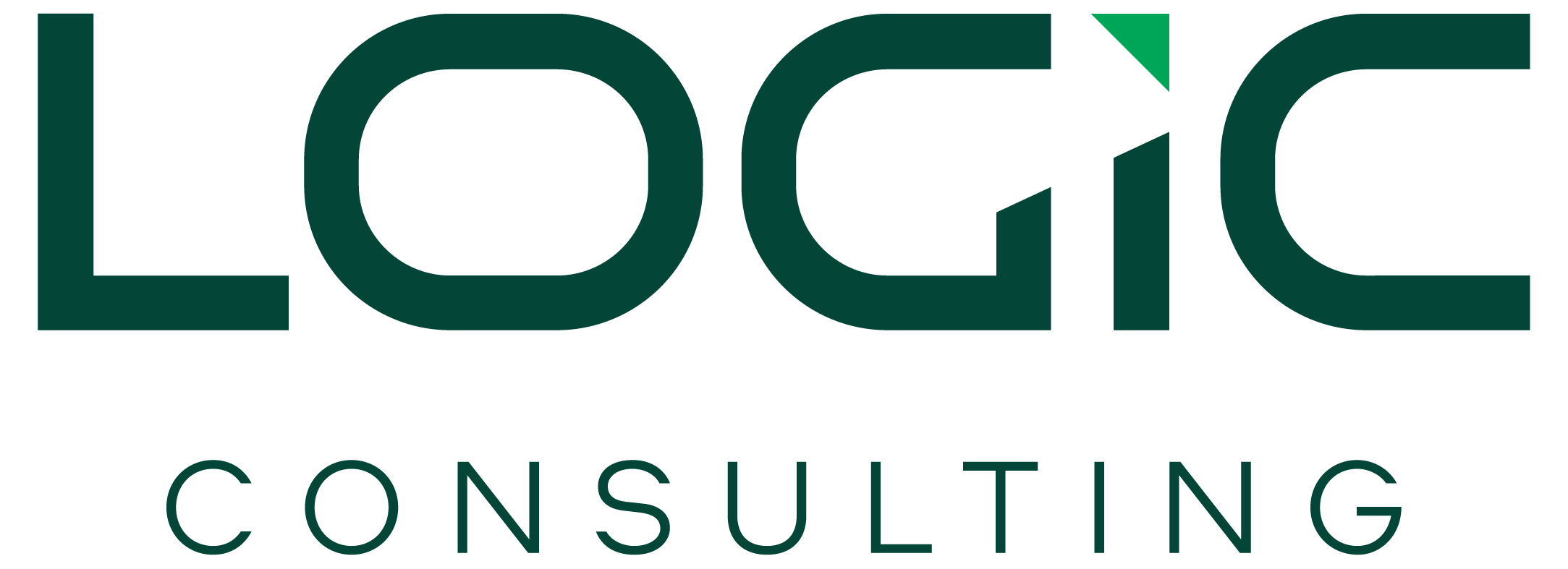- Confuse Strategy with Vision/Mission/Objective.
- Confuse Strategy with plans or data analysis.
- Failure to be creative in identifying a unique strategic position.
- Failure to make choices.
- Believe that “strategic” means important; it means long-term.
- Believing that only top (important!) people can help develop strategic (important!) ideas.
- Believe that “Strategic Planning” is for planning strategy!
- Believing that questioning something means that it is wrong.
- Failing to sell it to people (employees) to win emotional commitment to it
- Believe that in today’s fast-changing world, we need to change our strategy to be competitive.
- Believing that planning is dead.
- Thinking that your strategy is “secret”.
- Believe that our competitive advantage will last forever!

When Do Structures Follow a Company Strategy, and When It’s the Opposite Way Around?
When it comes to company strategy and structures, many undermine the fact that strategy execution is more important than strategy articulation, which is an integral part of LOGIC consulting’s conviction and methodology. In a whitepaper titled “Executing Strategy in Times of Uncertainty”, jointly issued by Palladium and Monash University, Strategy execution was viewed as the most critical ingredient to future success by more than 90% of respondents.
The relation between both strategy and structure is similar to the relation between the brains and the muscles in human anatomy. The brain regulates the majority of our body functions, giving them clear directions and making clear decisions they all need to follow. On the other side, the muscles produce force and motion. They are primarily responsible for maintaining and changing the movement of organs. The brain/strategy does the thinking and the muscles/structure ensures proper execution. Both cannot succeed without the other!
